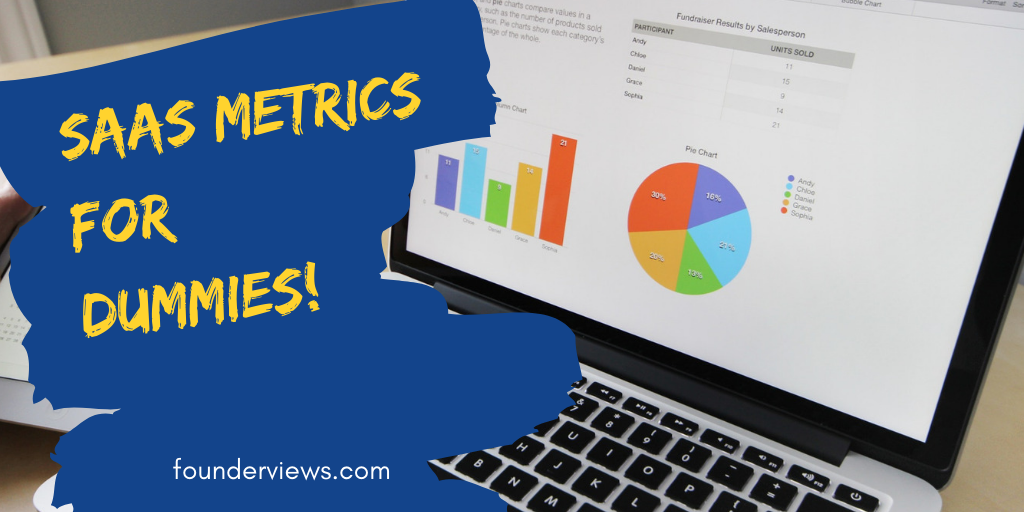I’m often shocked as to how many SaaS founders are unable to answer simple questions regarding the health of their business. If you’re a SaaS founder or operator and don’t know what your monthly churn rate is, what your MRR is, or what your LTV is, I’m sorry to say, but you’re doomed.
There is a tonne of material on SaaS metrics that you can find online. What you might notice are different variations and equations for each metric, which might make things confusing or overwhelming. My goal is to break-down the most important SaaS metrics into simple explanations and formulas so any SaaS founder, no matter how your financial acumen is, can apply in your own business.
Churn Rate
Churn simply means the amount of customers you are losing in a month. To calculate churn, you would take the number of customers lost in the given month, and divide that by the total number of customers you had to start the month.
For example, let’s say you had 1000 customers on January 1st. In the month of January, you lost 15 customers. You would calculate churn as follows:
Customers lost / Total customers at the beginning of the month = Churn Rate
15 / 1000 = 0.015 or 1.5%
Monthly Recurring Revenue (MRR)
This is the amount of recurring revenue you generate in a month. MRR does not include any one-off charges. Only ongoing recurring charges.
To calculate MRR, you would take all of the new MRR for the month (MRR from new customers or MRR from accounts expansions), and deduct that from the lost MRR for the month (account contractions, and churn MRR). You would then add that net MRR to your MRR at the beginning of the month to get your end of month MRR.
The good news is, most recurring billing platforms calculate this for you. If not, find one that does.
Account Revenue Per User (ARPU)
ARPU is another very important SaaS metric, as it tells you what your average customer is paying you per month.
To calculate ARPU, you simply take your MRR at the end of the month, and divide it by the amount of total customers you have at the end of the month.
For example, let’s say your MRR at the end of January was $100k, and your total customers at the end of the month was 1000. You would calculate ARPU as follows:
MRR at end of the month / total customers at end of the month = ARPU
$100,000 / 1000 = $100
Customer Acquisition Cost (CAC)
CAC is extremely important, as it tells you how much money it costs you to acquire one customer.
To calculate CAC, you would tally up all of your marketing and sales related expenses (payroll for sales and marketing employees, advertising costs, software tools for marketing/sales, etc.) for the month, and divide that by the number of new customers in the month.
For example, let’s say your total marketing/sales related expenses totalled $10k in January, and you acquired 100 new customers in January. You would calculate CAC as follows:
CAC for the month / new customers in the month = CAC
$10,000 / 100 = $100*
Lifetime Value (LTV)
LTV might be the holy grail of SaaS metrics, as it tells you how much money a customer will pay you in their lifetime.
The good news is, if you calculated the above metrics, you can easily find out your LTV by plugging in your numbers. Keep in mind, there are several variations for calculating LTV, but I will use a common simplified version which works just as fine.
(1 / churn rate %) x ARPU = LTV
Using the above examples, we know our monthly churn rate was 1.5%, and our ARPU was $100.
(1 / 0.015) x $100 = $6666.66*
*CAC and LTV are useless by themselves. You need to know both of these metrics to understand the health of your SaaS. As a general rule, your LTV should be at least 3 times higher than your CAC. If not, you might have trouble being profitable unless you make changes in pricing, or reduce costs.






